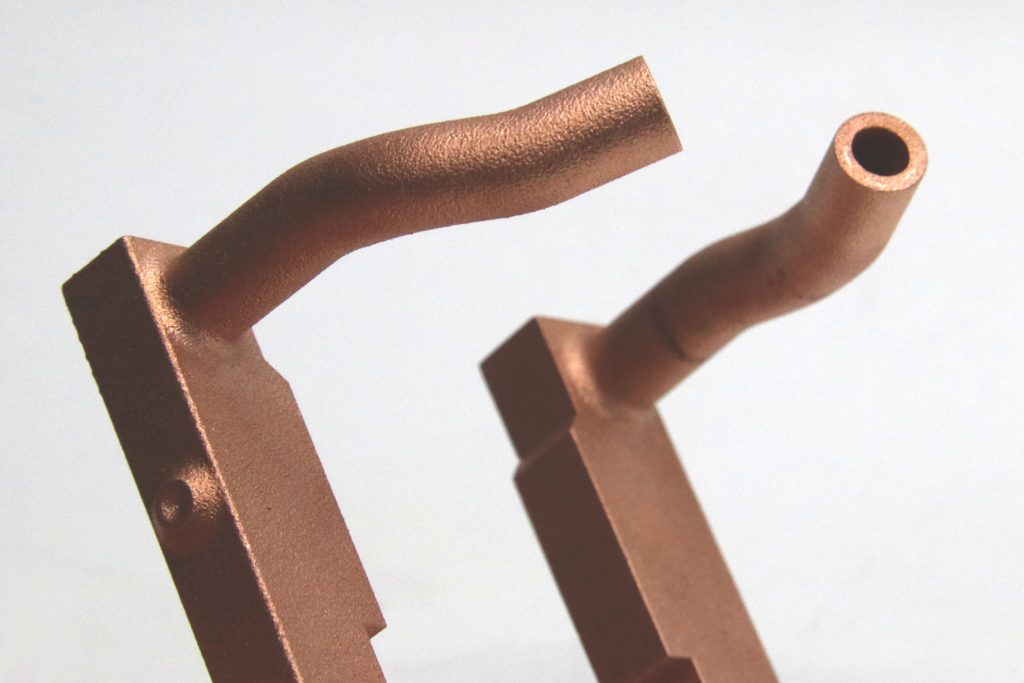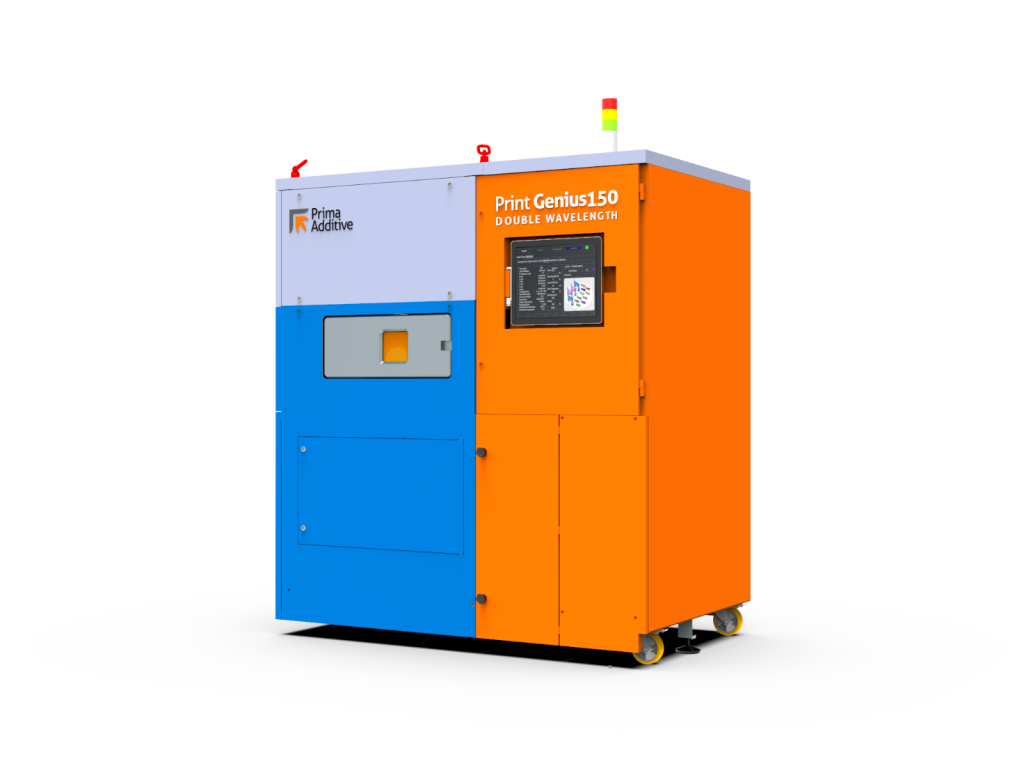The University of Birmingham has acquired Prima Additive’s Print Genius 150 Double Wavelength (DW) metal 3D printer. This printer will be used for the research of novel materials, encompassing functionally graded materials, refractory metals, precious materials, and copper and its alloys.
Through a Strategic Equipment Grant from the Engineering and Physical Sciences Research Council (EPSRC), the University of Birmingham secured funding to acquire this system. This system will be deployed at the university’s Advanced Materials & Processing Laboratory (AMPLab), situated within the School of Metallurgy and Materials. Functioning as a national facility, the system will be accessible to researchers from both academia and industry across the UK.
Paolo Calefati, Prima Additive’s CEO, said, “We are thrilled to be suppliers and partners of a prestigious institution like the University of Birmingham: for us, collaboration with universities has always been crucial as it allows us to bring important developments to our products. Universities are often the gateway through which companies decide to approach additive manufacturing. For this reason, the Birmingham area is particularly strategic thanks to the presence of many leading companies, and we are happy that one of our machines can be available for university research and to support innovative companies in the area.”

How will the research benefit from this system?
With two lasers of different wavelengths integrated into the same system, namely a 300 W infrared laser and a 200 W green laser, this configuration stands out as unique in the market, says the company. It allows for alternating operation on the same ⌀150 x 160 mm cylindrical work area, ensuring reliability, high performance, and precise results for each application. The system’s adaptability enables the processing of traditional materials such as steel, aluminum, nickel, titanium, and cobalt chrome alloys using the infrared laser, while the green laser handles highly reflective materials like pure copper or precious metals.
By resolving issues related to absorption, process stability, and efficiency typically encountered with infrared laser processing of these alloys, the green laser ensures smoother operations. Particularly noteworthy is the Print Genius 150 DW’s specialized 30μm spot size beam configuration, which guarantees precise handling of precious metals like gold, resulting in superior quality output.
Over the past decade, the University of Birmingham has been awarded research grants exceeding £15M from various sources, including the UK government, the EU, and numerous domestic and international industrial and research partners. Notably, the university boasts novel materials processing facilities, housing a remarkable 12 laser-based 3D printing platforms, the most extensive collection in any UK university.

Latest research in metal 3D printing
Metal AM research helps understand what’s possible in manufacturing offering unprecedented design freedom, customization, and efficiency across a wide range of industries. For instance, Massachusetts Institute of Technology (MIT) researchers demonstrated the effectiveness of Liquid Metal Printing (LMP) for large-scale construction and architecture applications.
LMP involves depositing molten aluminum onto a bed of small glass beads, rapidly solidifying into 3D structures. While sacrificing surface resolution for speed, LMP reportedly produces 3D printed metal structures ten times faster and at lower costs than alternative methods. Published by the Association for Computer-Aided Design in Architecture (ACADIA), the study highlights LMP’s sustainability advantages, particularly in using recycled or scrap metal.
The researchers printed various aluminum structures, including frames for tables and chairs, showcasing LMP’s potential for creating functional furniture. Skylar Tibbits, a senior author of the study and associate professor at MIT’s Department of Architecture, emphasized the importance of speed, scale, repeatability, and energy efficiency in metal manufacturing.
Elsewhere, the Materials Processing Institute is spearheading a £600,000 project aiming to enhance cost-efficiencies in metal AM through an AI tool. Working with Additive Manufacturing Solutions (AMS) and AMFG, the team aims to develop SMART-APP for Laser Powder Bed Fusion (LPBF) 3D printing, predicting powder quality changes and proposing alternative parameters for extended material lifespan. Funded by Innovate UK, SMART-APP aims to optimize powder reuse, fostering sustainability and cost-effectiveness.
What 3D printing trends do the industry leaders anticipate this year?
What does the Future of 3D printing hold for the next 10 years?
To stay up to date with the latest 3D printing news, don’t forget to subscribe to the 3D Printing Industry newsletter or follow us on Twitter, or like our page on Facebook.
While you’re here, why not subscribe to our Youtube channel? Featuring discussion, debriefs, video shorts, and webinar replays.
Are you looking for a job in the additive manufacturing industry? Visit 3D Printing Jobs for a selection of roles in the industry.
Featured image shows the Print Genius 150 DW, due to its configuration with a green laser, is particularly suitable in the processing of highly reflective materials, such as pure copper. Image via University of Birmingham.


